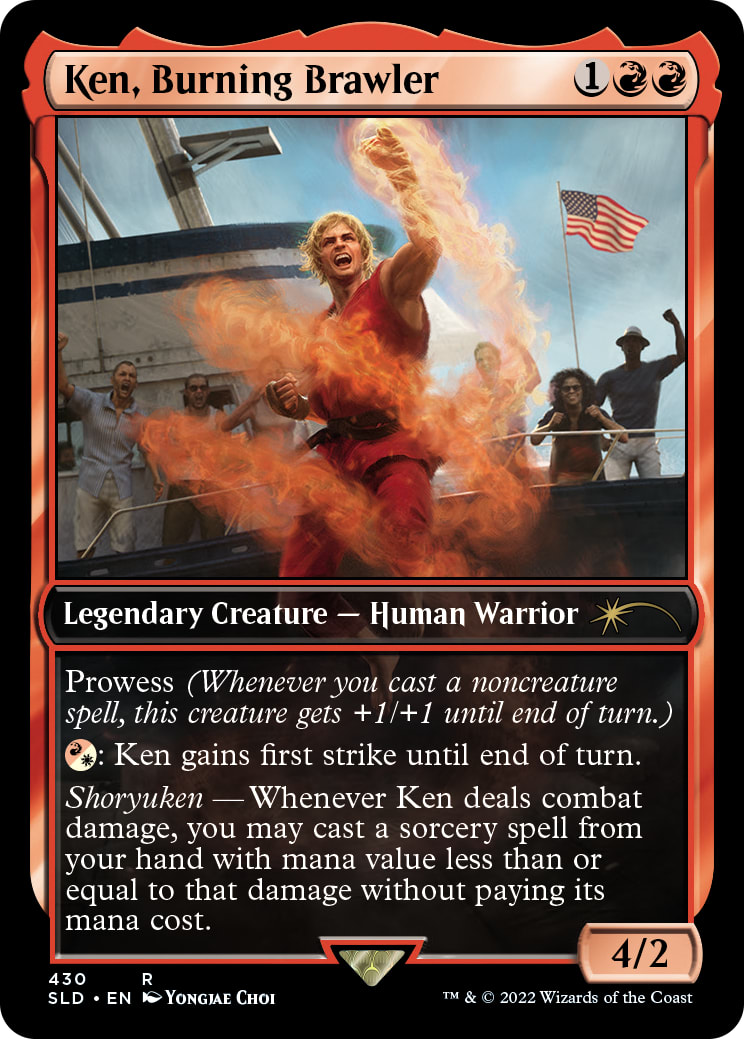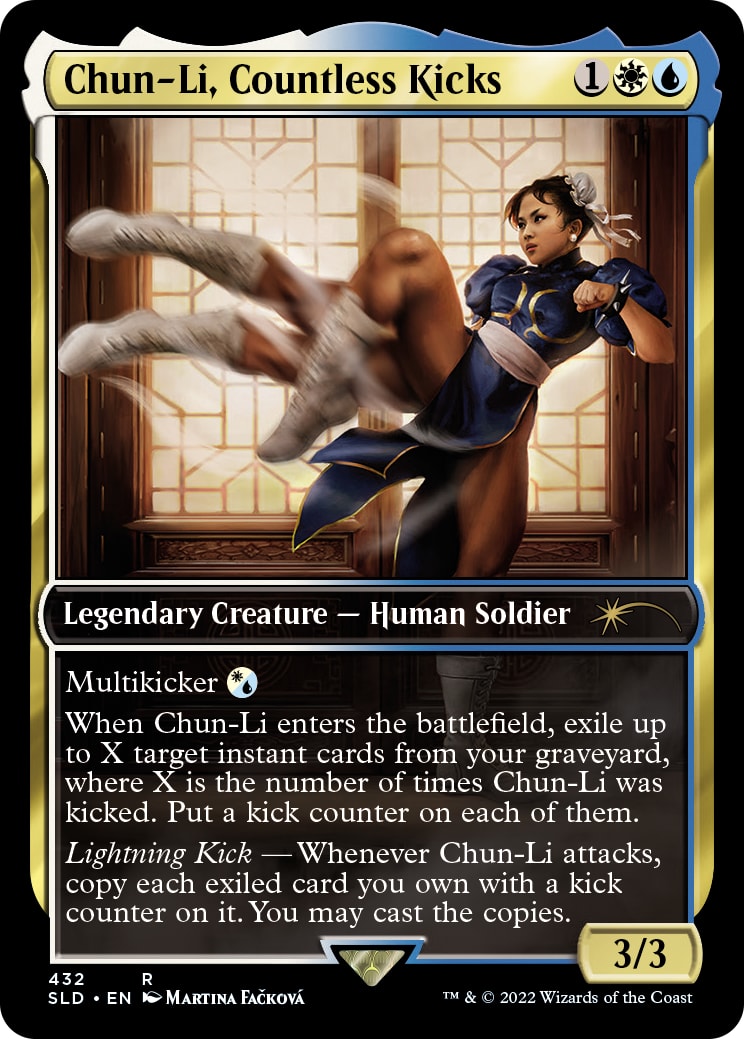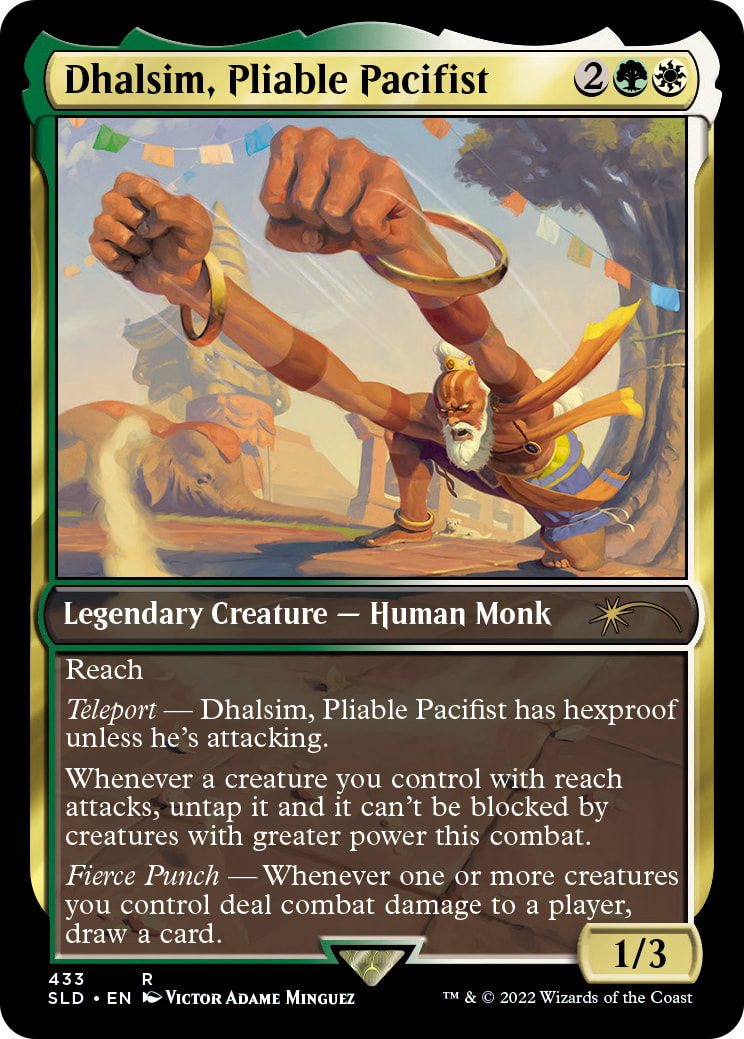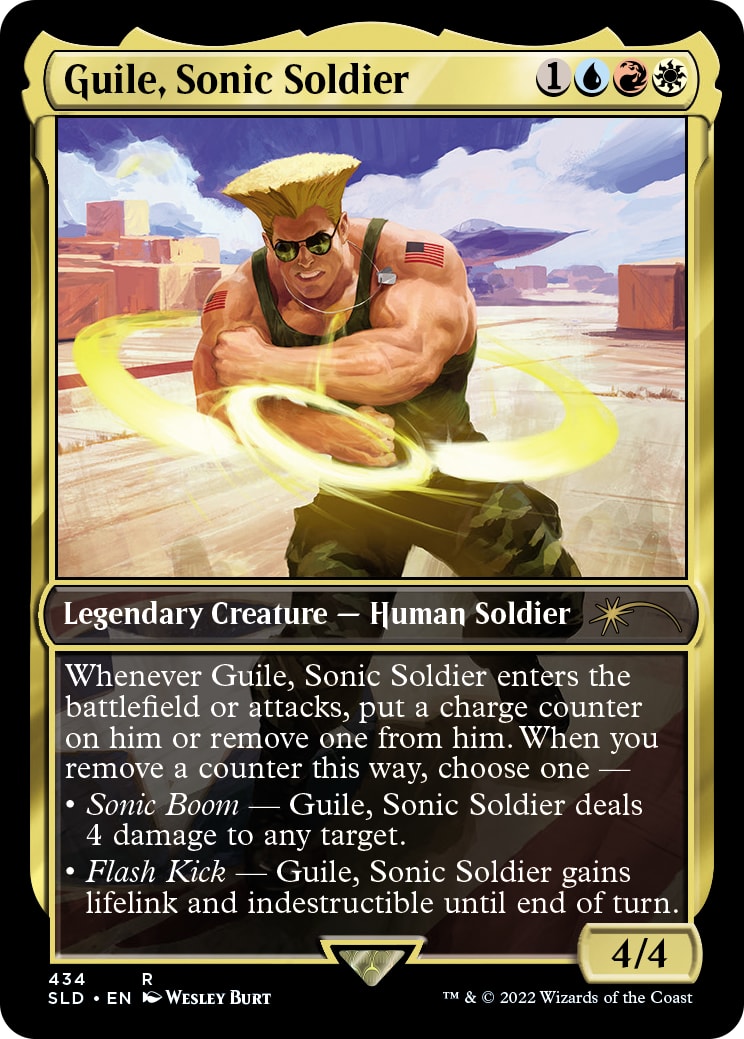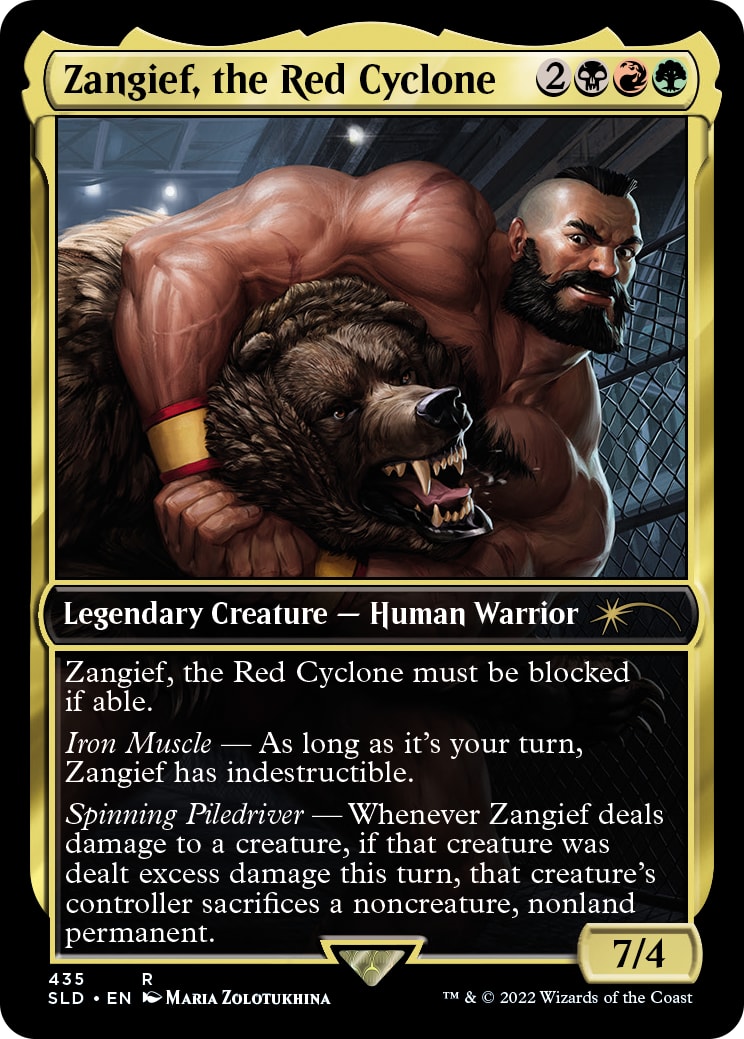Few pieces of video game music are as iconic - and recognizable - as the theme song for Street Fighter II. Echoing across the arcades* like a siren's song, drawing you and your quarters in for one more game... even if the game was clearly busted because that last match was rigged. Street Fighter is one of those video games that people have actual origin stories for. So of course, here's mine.
Although I was around during the Street Fighter era, I only played casually on the Super Nintendo or at the Arcade. It wasn't until I met my best friends in high school that I became a little bit of a fighting game nerd. After getting routinely crushed playing Marvel vs Capcom and Street Fighter III: 3rd Strike on the Dreamcast, I bought any of the old console versions of street fighter games as I could. I spent hours practicing against the hardest difficulty modes in order to learn to survive.
I still stunk, but I got really good at parrying at least.
Anyway, let's dive in!
Folks, I am an Edmond Honda main (yes that is his name), so E. Honda, Sumo Champion is a beautiful sight to behold here. He's depicted here in the infamous bonus stage, where you earned extra points in between tournament matches by beating up a car. Why? For reasons!
E. Honda is a sumo wrestler, if that isn't obvious, on a mission to prove that Sumo is one of the best fighting styles in the world, and to bring respect to Sumo. Given that he's a Sumo wrestler, a sport all about bulking up, "big butts" makes a literal kind of sense here. But it's more than that, this card is all about defense because E. Honda is a charge character. We'll see this again with Guile, but what that means is rather than simply inputting a button combination, you had to hold back or down for a second, then quickly press the opposite direction and the attack button to launch his moves.
Hundred Hand Slap, specifically, requires you to hold 'back' to charge it, which is also how you block in Street Fighter... which means to use his signature move you have to block. When pressing down for a charge character, you're usually also pressing back to block, so the same applies. Hence, it makes sense that his card is all about defense. As for Hundred Hand Slap itself, which he's depicted in the art using? The ability is just perfect. One hundred target creatures? Damage equal to your Hand size? A defensive-focused card? It's clear right from the outset that a lot of love and care went into these cards.
Street Fighter's main character is Ryu, World Warrior, a vagrant who travels the world looking for people to beat up. Like most characters whose entire personality was fighting in the 90's, he was an orphan who was trained in martial arts from a young age, eventually coming to master a number of metaphysical techniques. Not everyone in Street Fighter is capable of these kinds of techniques, but Ryu is considered a master, although the darker origins of his style of martial arts can potentially lead him down a murderous path, as he learns from one who uses that power to kill and his driven by a demon-like bloodlust, Akuma. After defeating the final boss of the original Street Fighter, Sagat, he enters the World Warrior tournament which we see in Street Fighter II.
Behind Ryu is Suzaku Castle, his stage from Street Fighter II (and Smash Bros, for that matter) as well as the place he grew up and was trained. His card shows off some his power and personality, with training behind his major motivation in life. His Hadoken, the fireballs he shoots out of his hand, use a button combination referred to as a quarter circle (in this case down, down and front, front). This is visualized in pretty much the same way as Magic's untap symbol, which is just a beautiful easter egg.
Ken Masters is Street Fighter's Player Two. Although he began as essentially a palette swap of Ryu, their fighting styles in-game have since been differentiated despite having the same button combinations. Ken was a spoiled American rich kid who was sent to train with Ryu as a child. The two boys became best friends and they still regard each other as brothers. Ken tends to be more of a flamboyant showboat than Ryu's reserved personality, something reflected in Ryu's art depicting him training alone, but Ken's art depicting him showing off for a crowd on his stage in Street Fighter 2 (although this artwork seems to combine the yacht full of people and the separate ship flying an American flag).
Ken, Burning Brawler reflects how his martial arts style has shifted into a sort-of light pyromancy, and Ken's showboat personality, both putting him squarely in red territory. Ken excels in an aggressive strategy (hence prowess/first strike) and getting close for his signature fiery version of the Shoryuken (although Ken and Ryu can both use the move), which you can see in his art. His card also combos with a hit (casting a spell to keep up the pressure), the same way an aggressive player would play his character in game. His stats also mirror Ryu's, which is a great touch.
Blanka, Ferocious Friend (real name: Jimmy) was flying in an airplane that crashed into the Amazon Rainforest as a child. His electric powers originate from different places depending on the localization and version of continuity, but he has essentially become a wild man of the rainforest and has a very bestial fighting style. The person being shocked here is clearly intended be his best friend Dan Hibiki, a character who started as a sort-of weak joke version of Ryu that has become immensely popular with the fans.
Blanka is another aggressive character, so his colors work well here, but they're also his literal colors, which is an amusing touch. Rolling Attack is a charge move where Blanka goes into a flying somersault at his opponent. Electric Thunder, depicted here, electrifies the air around Blanka, shocking anyone who comes close (as Dan can attest).
Chun-Li, Countless Kicks is probably the most famous Street Fighter character after Ryu. She's an Interpol officer (hence, soldier) pursuing the villains behind the World Warrior Tournament, Shadoloo. She's known for the speed and ferocity of her kicks, and when mashing one of her attack buttons you get a flurry like you see depicted here. Multikicker works perfectly here for her ability.
I'm afraid I've spent too many words on characters already, so let's keep this going faster.
Dhalsim, Pliable Pacifist is a terrible stereotype in the way 80's and 90's Japanese media tended to portray other cultures (not that American media was better). A pacifist yogi who enters fighting tournaments (yeah...) he can stretch his limbs for punches and kicks ("reach") and also breath fire. He's depicted here not in his India stage from Street Fighter II, but from the sequel prequel Street Fighter Alpha 2.
Guile, Sonic Soldier is the American soldier stereotype inspired by films like Top Gun. He's an Air Force major that, like Chun-Li, is investigating Shadoloo and also personally involved, as the man who taught him his martial arts style, Charlie Nash, disappeared while investigating them. As an American, his colors are obviously red-white-and-blue.
He's the only charge character to use literal charge counters, which is a delightful touch. Guile's Sonic Booms are his version the fireball, but the true flash gem here is Flash Kick. Flash Kick is a move Guile players are infamous for using to 'turtle' or defend while waiting for the opponent to make a mistake (hence indestructible) and punish them.
The final character I need to talk about is Zangief, the Red Cyclone. Another stereotype, Zangief is the Russian (or USSR) wrestler who defeated bears for sport. The Red Cyclone is his popular nickname, and he also is after the villainous Shadoloo organization, which has spread into the USSR at the time this story takes place. He's a giant bear of a man and is what is known as a grappler, meaning he gets in close to grab you for devastating moves.
Anyway, thanks for reading everyone! I'm still swamped with other responsibilities but I promise I'll be back to regular articles in time for Dominaria United.
*An arcade was a place where we used to go to play video games. Yes, that's right, we actually left the house to play video games!
















